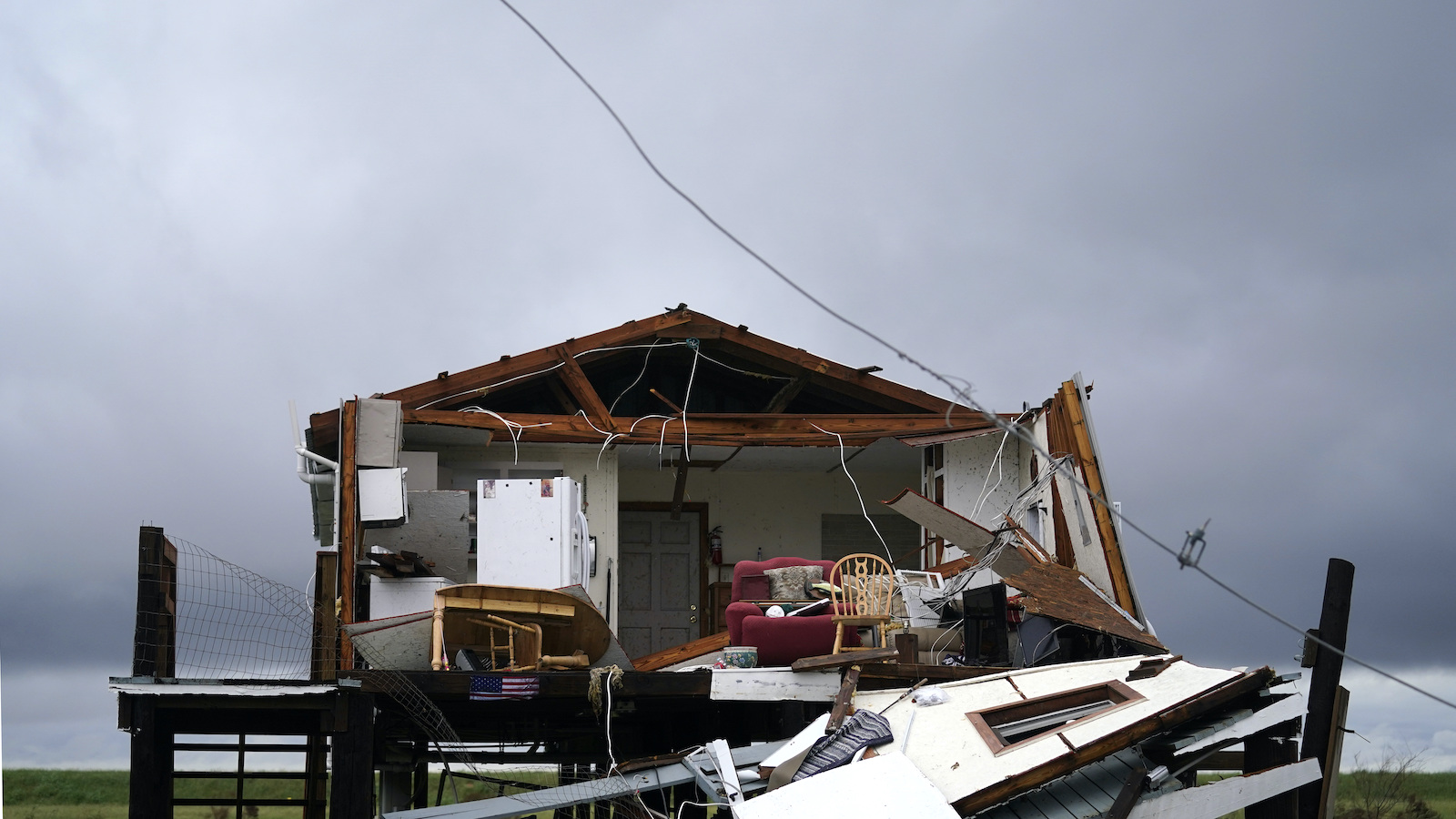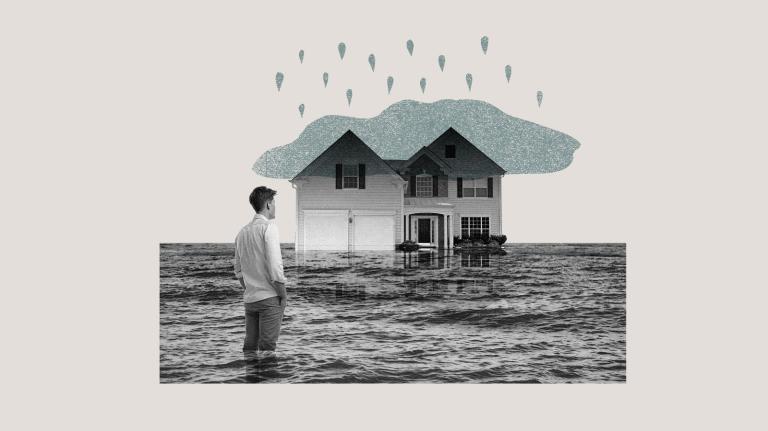This story is excerpted from The Great Displacement: Climate Change and the Next American Migration, published by Simon & Schuster.
It was March 2021, and Sheri Neil was throwing together po’boys for the lunch crowd at her namesake Sheri’s Snack Shack, the only restaurant in the small bayou village of Pointe-aux-Chenes, Louisiana. The counter-service sandwich joint stands elevated about 12 feet off the ground, with a big red deck where people can sit as they enjoy one of Sheri’s renowned milkshakes.
At the height of the lunch hour, a woman drove into the parking lot and came running up the stairs. She was a teacher at Pointe-aux-Chenes Elementary School, which served about 80 children from the village of Pointe-aux-Chenes and nearby Ile de Jean Charles, both Indigenous communities that had been eroding for decades. Earlier that morning a representative from the parish school board had shown up unannounced and informed the staff that the parish was closing the school, effective that summer. People had been leaving Pointe-aux-Chenes for decades, driven out by frequent floods and the decline of the local shrimping industry, and enrollment at Pointe-aux-Chenes Elementary had fallen well below the district’s target. The village no longer merited its own school, officials said.
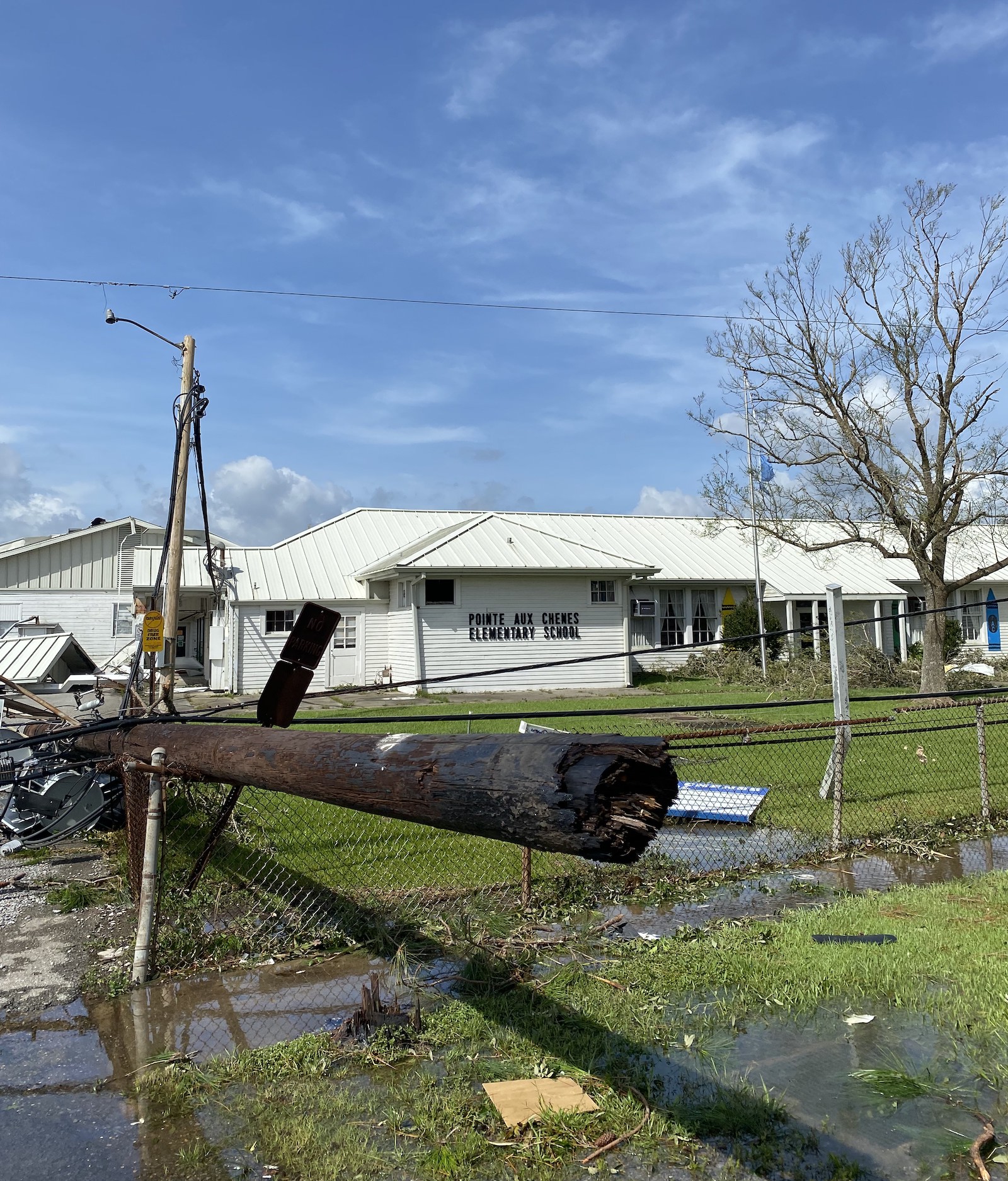
There were about a dozen people at the restaurant when the teacher drove up, and each of them ran at once to tell their families and friends. By nightfall everyone in town had heard the news, and by the next morning the residents of Pointe-aux-Chenes leapt into action as only the residents of a small town could. They started a Facebook group on behalf of the school and alerted the new cub reporter for the daily newspaper in the nearby city of Houma. The leader of the local tribal organization called the tribe’s attorney and asked her to help them file a lawsuit against the parish. The town staged a small picket outside the school, with students and parents holding up handwritten signs.
This was far from the first school closure in coastal Terrebonne Parish, which had seen broad population loss over the previous two decades. The story was more or less the same in every town: the shrimp business crashed, the flooding got worse, and people moved up to dry land, leaving empty desks in every classroom. No one who lived in Pointe-aux-Chenes could deny that the bayou population was shrinking. The parish had shut down the library branch a few years earlier, warehousing the books in the school building, and the bayou had lost two grocery stores in the past decade. The only remaining general store was operating on thinner and thinner margins. You couldn’t go more than a mile without seeing a FOR SALE sign.
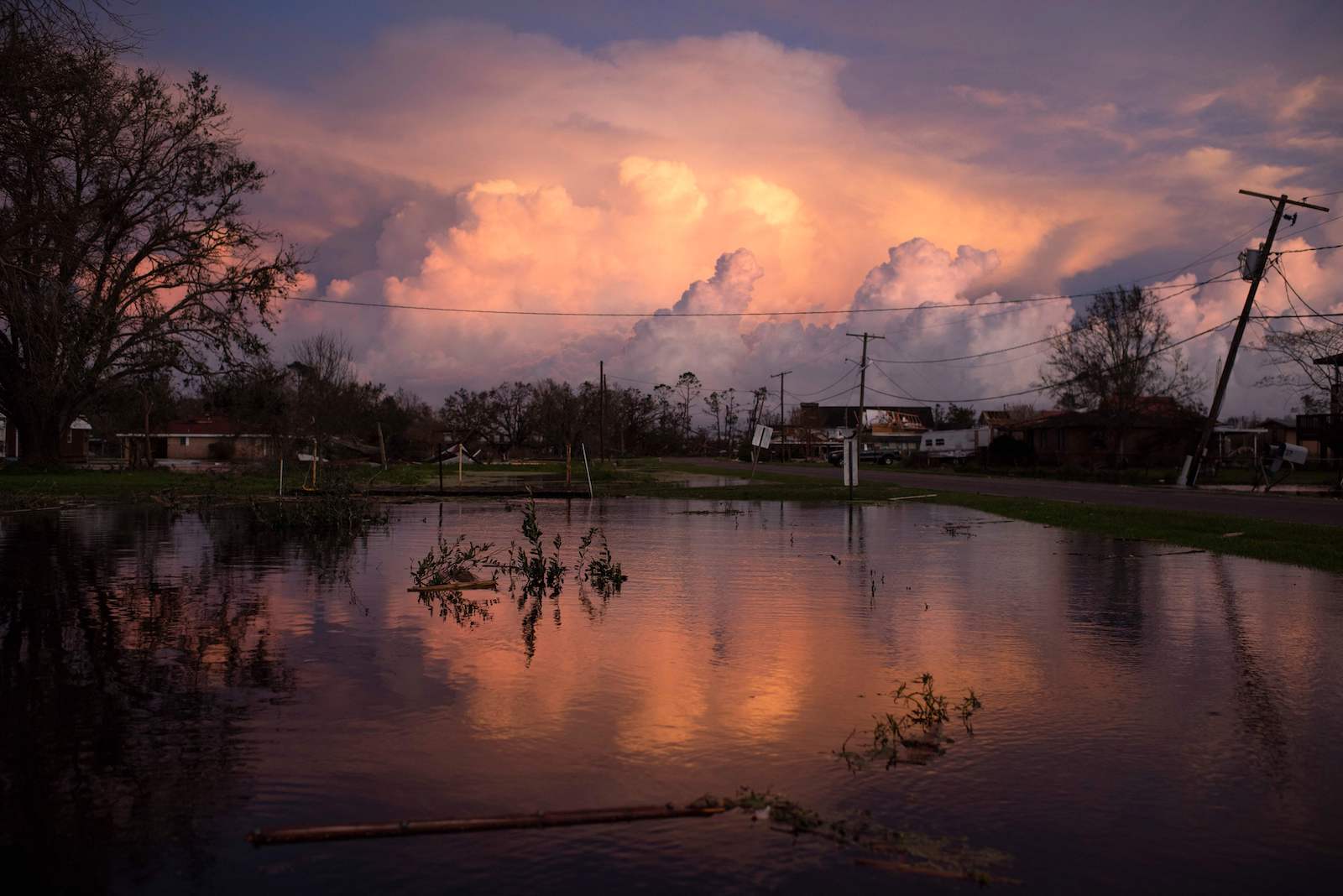
Still, closing the school at this time felt like an unnecessary escalation, one that would push the town further toward depopulation and decay. Fifty years earlier, when Indigenous children had first attended classes there after the integration of the state school system, the school had been a hostile place, but in the decades since it had become a kind of cultural melting pot for the whole bayou community, a bridge between the white Cajun and Indigenous sides of Pointe-aux-Chenes. The school had one of the largest Indigenous populations of any school in the state, and teachers made a point of educating students about the rich history of the bayou, bringing in tribal leaders to demonstrate ceremonial dances and drum rituals. The bayou had no museum, no archive, no dedicated historian, so it was through the school that each generation of residents passed down their unique traditions to the next. If that went away, what would the town have left?
Even more painful was the fact that the decision had come just a few years after the Army Corps of Engineers had finished a new levee system that would protect the bayou, part of a massive project the agency had been working on since the aftermath of Hurricane Katrina. The erosion exodus that had begun two generations earlier seemed like it was finally about to slow down: The main reason so many people had left over the years was to escape the flood problem, but now the town would be protected from all but the most devastating storms. The marshland outside the levees might disappear, but the town itself would be safe for decades to come.
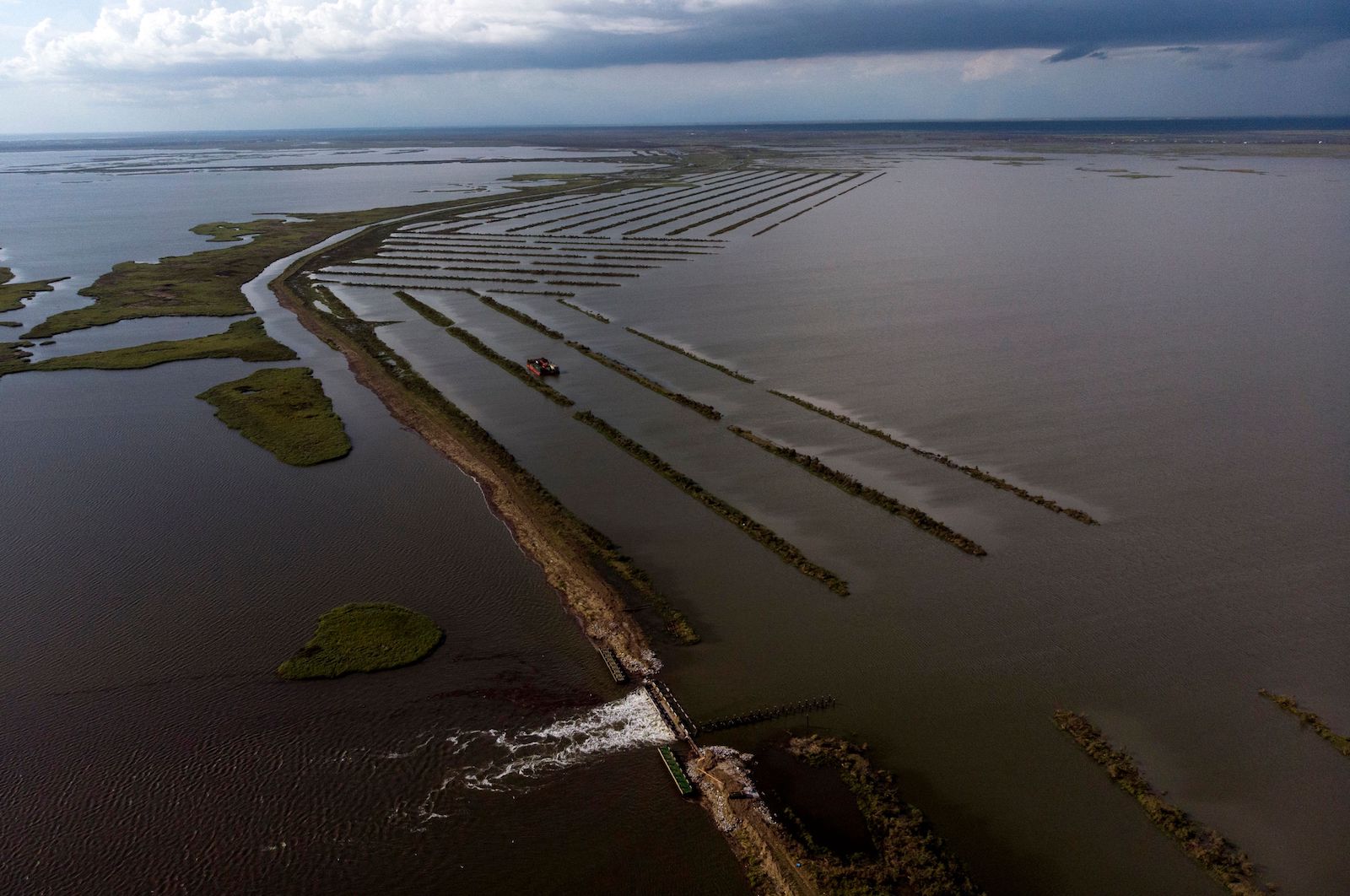
Residents had seen what could happen without that investment in flood protection. Like Pointe-aux-Chenes, Ile de Jean Charles, just a few miles to the west, had been losing population for decades amid storm and erosion — indeed, around 98 percent of the island’s landmass had disappeared over half a century. The federal government had excluded the island community from its protective levee network, and rather than protect the island with flood walls the state government had opted to relocate its remaining 40-odd residents to a new tract of land farther inland. The relocation was funded by the federal government through an Obama-era grant program, and it amounted to the first whole-community climate migration in the history of the continental United States. The original idea for the relocation had come from a senior leader of the island tribe, but many had grown dissatisfied with the state’s handling of the program: The new site lacked direct access to the water that had sustained the island tribe for generations, and many residents had vowed never to leave the island, but as of 2021 most remaining residents were preparing to make their final move inland.
The residents of Pointe-aux-Chenes had hoped they would avoid this fate after the completion of the Army Corps’s levee system. The most optimistic residents were saying the bayou was poised for a minor renaissance now that the state had addressed the main driver of migration. The closure of the elementary school dashed these hopes: Pointe-aux-Chenes might be better protected than Isle de Jean Charles from flooding, but in the long run it was destined to suffer the same cycle of disinvestment and depopulation. Decades of erosion had already altered life on the bayou for good. The new levees had arrived too late.
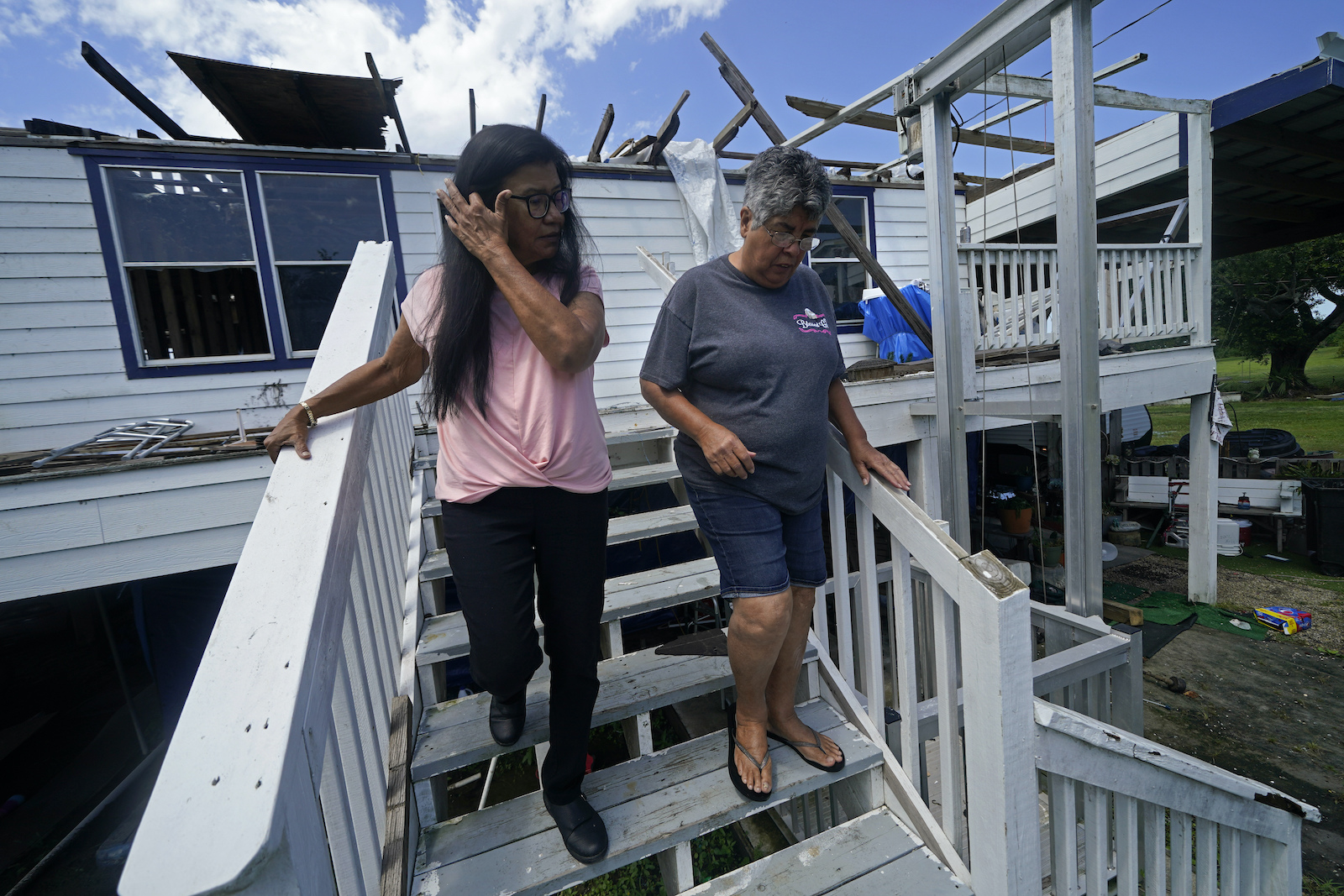
The Terrebonne Parish School Board convened the next month to take a final vote on the closure. The meeting began with a public comment period during which parents and community members could address the board. The nine members sat Supreme Court–style at a long wooden desk, all arranged to face a single public podium. The residents of the bayou stood up one by one, white and Indigenous, and pleaded with the board to reconsider its decision. A few board members seemed moved by the show of support, but it wasn’t enough: The board voted six to three to shut the school down. The 80-odd students at Pointe-aux-Chenes Elementary would attend Montegut Elementary five miles away the following autumn. The tribe’s lawsuit against the parish was still pending, but it didn’t seem likely to succeed, since the board had the authority to manage its school system the way it saw fit.
Among the audience members at the meeting was Mary Verdin, whose husband was Alton Verdin, a tugboat captain and lifelong resident of Pointe-aux-Chenes. Alton’s uncle had been a legendary tribal leader, known for getting in frequent fistfights with white police officers, and in keeping with the labyrinthine family trees of the bayou, Mary was Alton’s fifth cousin on both his mother’s and his father’s side.
Working on a tugboat didn’t bother Alton the way it bothered many other Pointe-aux-Chenes residents who had been forced to give up shrimping and fishing. The tugboat pay had been enough for Alton to support Mary and their seven children, not to mention Mary’s mother, who lived with them and helped them take care of the kids. The family had a one-story brick house on the upper end of the bayou town, the part that had once been off-limits to Indigenous people like them. The wide marshland on the edge of their property sometimes flooded during heavy rains, but the house itself was modern and sturdy, and the family had hunkered down there during several hurricanes. Some of Alton’s older relatives still lived farther down the bayou, in the open-water areas that previous generations of the tribe had called home, but much of Alton and Mary’s extended family had moved up to join them on the solid territory of the mainland.
The school closure hit Mary hard, driving her first to depression and then to anger. Five of her seven children had graduated from the school already, but Gabrielle, the second youngest, still had one more year to go before she graduated to middle school, and Raelynn, the youngest, was just two years old. Mary had always been involved at the school, collecting box tops and Community Coffee proofs of purchase, and they lived close enough that she and Alton could go and have lunch with their daughters when Alton was home from the tugboat. One year Alton had driven his daughter Abigail to a father-daughter dance in a stretch limousine — the drive took, in total, about 30 seconds — and had shown off his traditional Cajun dance moves in the school cafeteria during the talent show. Now all of that would vanish. Gabrielle would finish elementary school in the ancient Montegut Elementary building one town over, with its steep stairs and single set of bathrooms, and Raelynn would never set foot in the school that had witnessed so much history.
To Alton, who had lived in Pointe-aux-Chenes his whole life, it seemed like the levee had arrived too late. With the school closed, the out-migration from the town would become all but irreversible. Who would move down the bayou to start a family, to raise their children, knowing that with every passing year a new rip would appear in the town’s social fabric?

The closure of the school had started to make Alton and Mary doubt their future in Pointe-aux-Chenes. They needed to rip the floors out to fix long-term water damage, which would take thousands of dollars, and Alton wondered whether they should sell the house and find something inland in the nearby cities of Montegut or Houma. Their eldest daughter had just become a real estate agent and was looking for her first commission, so she was helping them scout out houses that might serve as suitable replacements. Both wanted to move, but they didn’t want to leave Pointe-aux-Chenes. Even as the school year began, they were stuck in a holding pattern, waiting for a sign about what they should do.
Gabrielle attended Montegut Elementary for less than two weeks before Hurricane Ida cut her school year short. The storm intensified to the threshold of Category 5 over the course of just three days as it pushed up the Gulf of Mexico, and made landfall a few miles south of Pointe-aux-Chenes with winds of around 150 miles per hour. The parish issued a mandatory evacuation order ahead of the storm, but many hardened bayou residents stayed behind and watched as the wind ripped telephone poles out of the ground and sheared the walls off double-wide trailers. The erosion of the bayou had eliminated the natural protection system that weakened storms as they made landfall, allowing Ida to retain its full strength for far longer than it would have decades earlier.
The devastation on the bayou was total. It took close to a week for the water to drain back out of the town, and when aid workers at last made it all the way down the length of the bayou road, they found that almost no structure had escaped the storm. It would take weeks for the parish to restore electricity and running water, and even longer to drag away the mountains of gnarled debris that lined the side of every road. The sole remaining grocery store sustained so much damage that its owner, Mary’s uncle, decided to shut it down for good. The final insult was that the storm had seemed to confirm the parish board’s decision to shut down Pointe-aux-Chenes Elementary. The school in Montegut had survived the storm, but the old white building on the bayou had not. The storm had twisted the structure’s metal roof like a nautilus shell and rolled it out into the street. There were shards of white wood all down the block.
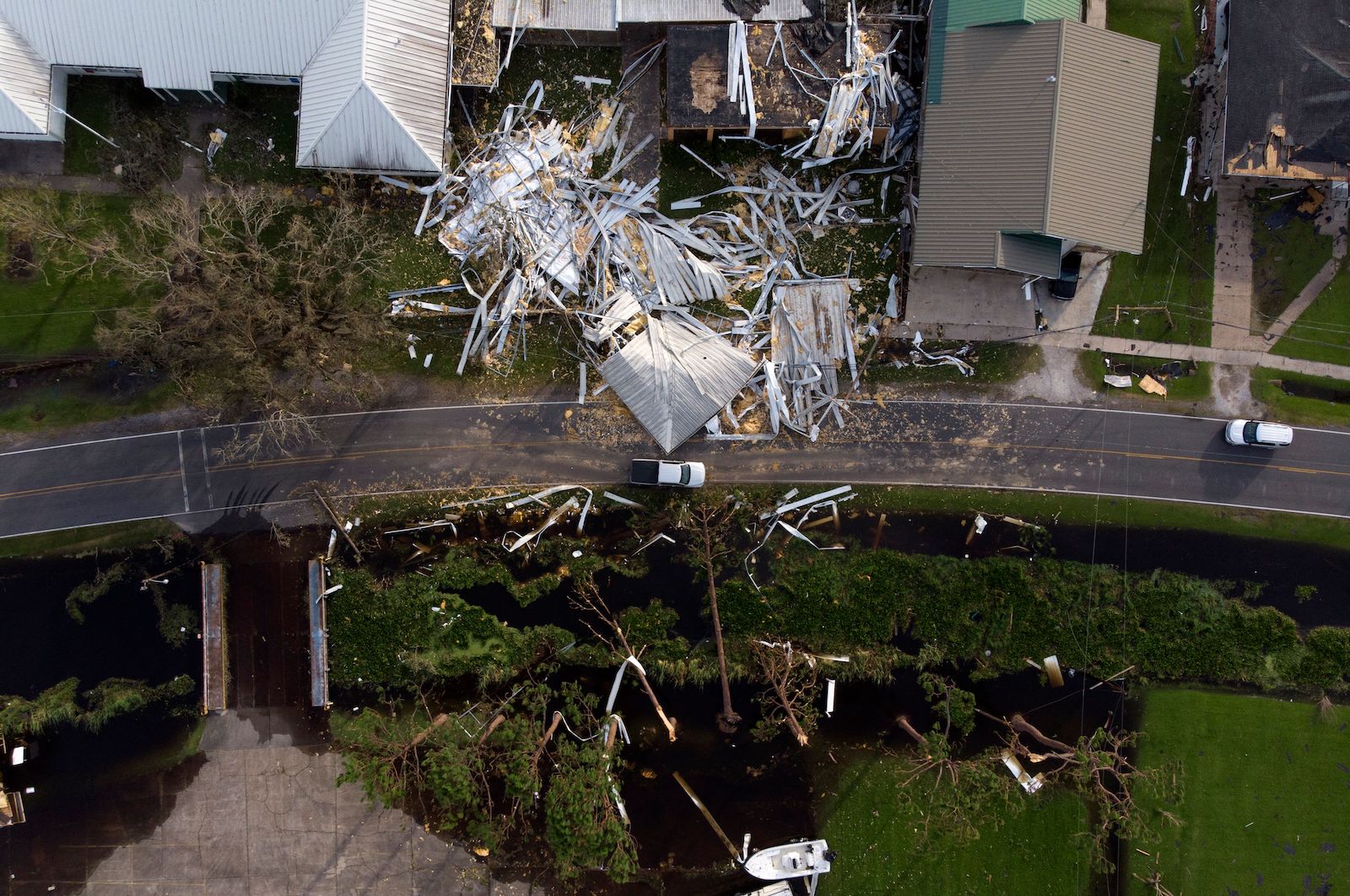
Alton and Mary’s house was in better condition than many of the trailers and elevated houses around them, but it was far from livable. The roof was in tatters and water had dripped into the bedrooms and the living room. Resource-strapped FEMA wouldn’t arrive with temporary trailers for three months, and Alton’s contractor told him it would take about seven months before his house was fixed. In the meantime, Alton and his family would have to find somewhere else to stay, as would thousands of other people from Pointe-aux-Chenes and elsewhere in Terrebonne Parish.
It might sound counterintuitive, but the storm strengthened Alton and Mary’s resolve to stay on the bayou. They figured if their house had survived Ida, it could survive just about anything, and they didn’t want to abandon their ailing hometown as it began the tortuous recovery process. Unfortunately, it wasn’t up to them: There was almost no livable housing anywhere on the bayou, and certainly none that they could rent on a short-term basis. The storm had walloped the nearby city of Houma, destroying dozens of hotels and apartment complexes, which meant the closest rental they could find was all the way in Mississippi. The owner asked for $900 a month at first, but by the time Mary went to go look at the place he had jacked it up to $1,500, plus a steep deposit. She said she’d rather buy a generator and take her chances back in Pointe-aux-Chenes.
The following summer, as the residents of Pointe-aux-Chenes struggled to make it back to the bayou, the Louisiana state legislature voted unanimously to reopen Pointe-aux-Chenes Elementary as a French-language magnet school. The tragedy of the hurricane had inspired lawmakers to override the parish board’s decision and offer the bayou community a new lease on life. Alton, Mary, and the kids returned to their battered house once the power and water came back on, and Gabrielle resumed school at Montegut Elementary, taking some of her classes in trailers.

Despite the saving grace of the school’s reopening, the recovery has been even longer and more painful than Alton feared. Instead of seven months, it has taken 15 months for the repairs on his house to begin. He and his family are now living in a camper as contractors work on fixing up the property, and even now Alton is still fighting with a supplemental adjuster over the details of the insurance payout. Hundreds of other families on the bayou and elsewhere in Louisiana are in a similar limbo: They can’t yet come back to the homes they lost, but they have nowhere else to go. Many residents are still living with family or in temporary apartments, and haven’t yet made it back to the bayou.
To make matters worse, FEMA will stop distributing temporary housing payments to the victims of Hurricane Ida next week. The agency only dispenses post-disaster aid for 18 months after a storm or fire, and after that it shifts its resources elsewhere, but the recovery in Pointe-aux-Chenes has taken much longer than 18 months, and FEMA’s withdrawal will only stretch it out further. The long process of displacement that began decades ago and has continued through an endless succession of floods is still going on, and there is no reason to think that Alton and Mary have seen the end of it. Even once the school reopens, it will take a long time before Pointe-aux-Chenes gets back to the way it was, if it ever does.
Nevertheless, the Verdins are hunkering down, trying to hold on a little longer.
From THE GREAT DISPLACEMENT: Climate Change and the Next American Migration by Jake Bittle. Copyright © 2023 by Jake Bittle. Reprinted by permission of Simon & Schuster, Inc.

